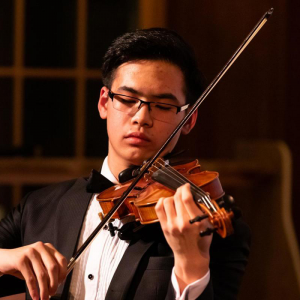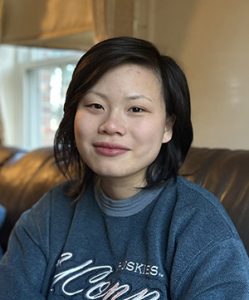| 2023-2024 |  Marwynn Somridhivej Marwynn Somridhivej |
Honor’s thesis: The evolutionary history of the YSL genes in lan d plants with a special emphasis on bryophytes. |
| 2023– |  Crystal Zhu Crystal Zhu |
Honor’s thesis: The lichenized fungi of the genera Sticta and Pseudocyphellaria in southern Chile. |
| 2019–2022 |  Olivia Lemieux Olivia Lemieux |
Whole-range study reveals consistent hybrid nature and conserved progenitors of the North American endemic moss Physcomitrium immersum (Funariaceae) |
| 2019–2020 |  Nolan Pimentel Nolan Pimentel |
Work study (bryophyte cultures) |
| 2019–2020 | 
Hannah Perry |
|
| 2015–2017 | The moss Physcomitrium pyriforme comprises several lineages, that are together arising from a unique common ancestor. I am beginning to assess whether these lineages are reproductively isolated. | |
| 2014–2017 | The lichen genus, Sticta, functions as an important component of forest and grassland ecosystems, while also acting as a reliable indicator of human impact and climate change. A collaboration between UCONN and the Field Museum in Chicago seeks to reconstruct the global phylogeny of Sticta based on DNA sequences. Patterns in the variation of the DNA sequence may prove critical to delimit species. Comparison of genetic markers of populations that are morphologically similar but from different geographic areas, often reveals that populations from different continents compose distinct species. For the genus Sticta the prognosis is that about 300 species await discovery. I hope to contribute to this endeavor and thereby further our understanding of the evolutionary diversification of Sticta. This project is part of an NSF funded project (DEB-1354631) | |
| 2014–2016 | I am a sophomore biology major. I joined the Goffinet lab to acquire skills in DNA sequencing and sequence analysis. I am working on the moss Physcomitrium pyriforme. The species is thought to be widespread in the Northern Hemisphere but preliminary DNA data suggest it actually represents a complex of species that may not even be closely related, suggesting that the traits that define them arose by convergence or may be ancestral. I have extracted DNA from 40 populations from across North America, amplified several loci from the chloroplast genome and one nuclear marker to test the hypothesis that they belong to lineages that arose from distinct ancestors. This work is made possible by a grant from NSF (DEB-1146295). | |
| 2013–2014 | Emily Behling | Many bryophytes and other sporic organisms exhibit broad geographic distributions including across the tropics and oceans. Although wind may carry spores and other tiny plant fragments across broad distances, not all widely separated areas are connected by wind currents. Migratory have been hypothesize to be vectors that disperse plants between such otherwise unconnected areas. I along with other undergraduate students have previously provided the first evidence of feathers of migratory birds holding spores and other fragments (Lewis et al. 2014). I have now been focusing on fingerprinting these spores to determine to what species they belong. |


